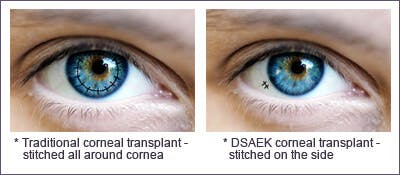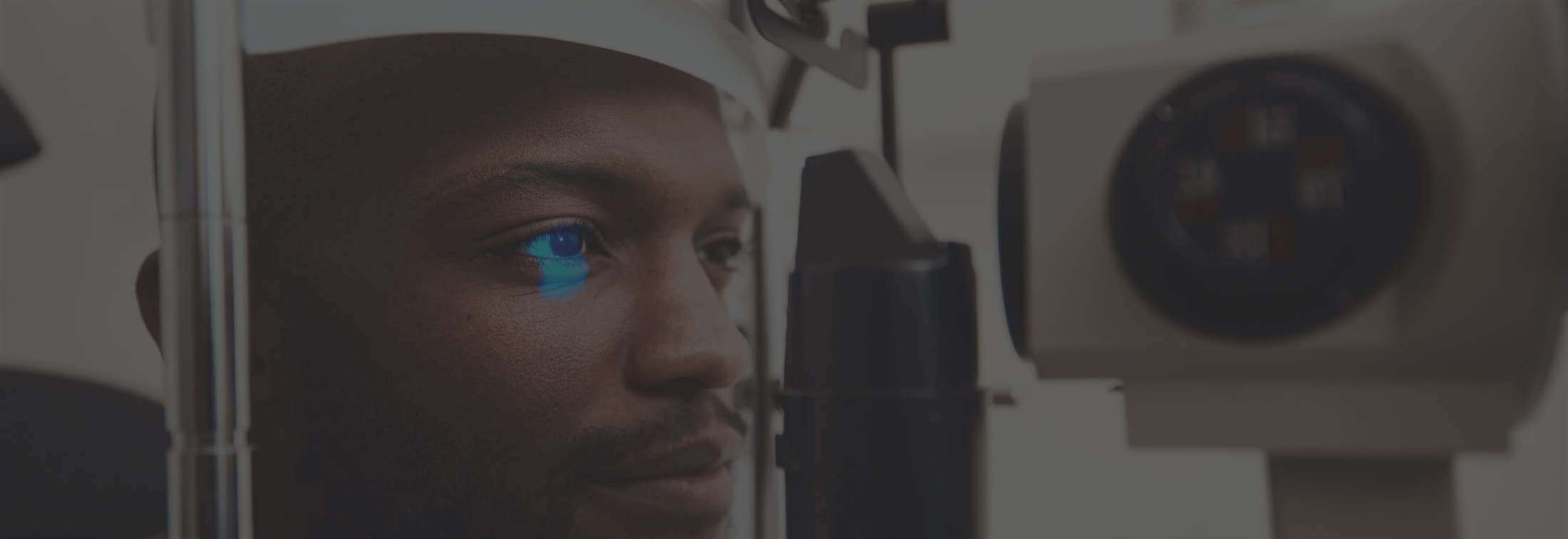The clear tissue in front of the eye is known as the cornea. It protects the inner eye, and its curved shape functions somewhat like the lens of a camera, bending light rays so they land correctly on the retina.
Corneal Transplant Chicago – Endothelial Keratoplasty
At Chicago Cornea Consultants™, our doctors treat a wide range of eye conditions. While conservative treatments will be provided as long as they are effective, we also offer more aggressive surgical treatments for advanced stages of vision loss. Endothelial keratoplasty is offered at our Chicago, Hoffman Estates, and Highland Park offices to treat corneal diseases.
This procedure removes damaged corneal tissue and replaces it with healthy donor tissue in order to restore clear vision. Contact us today to learn more about how this sophisticated treatment can help you experience improved vision.






